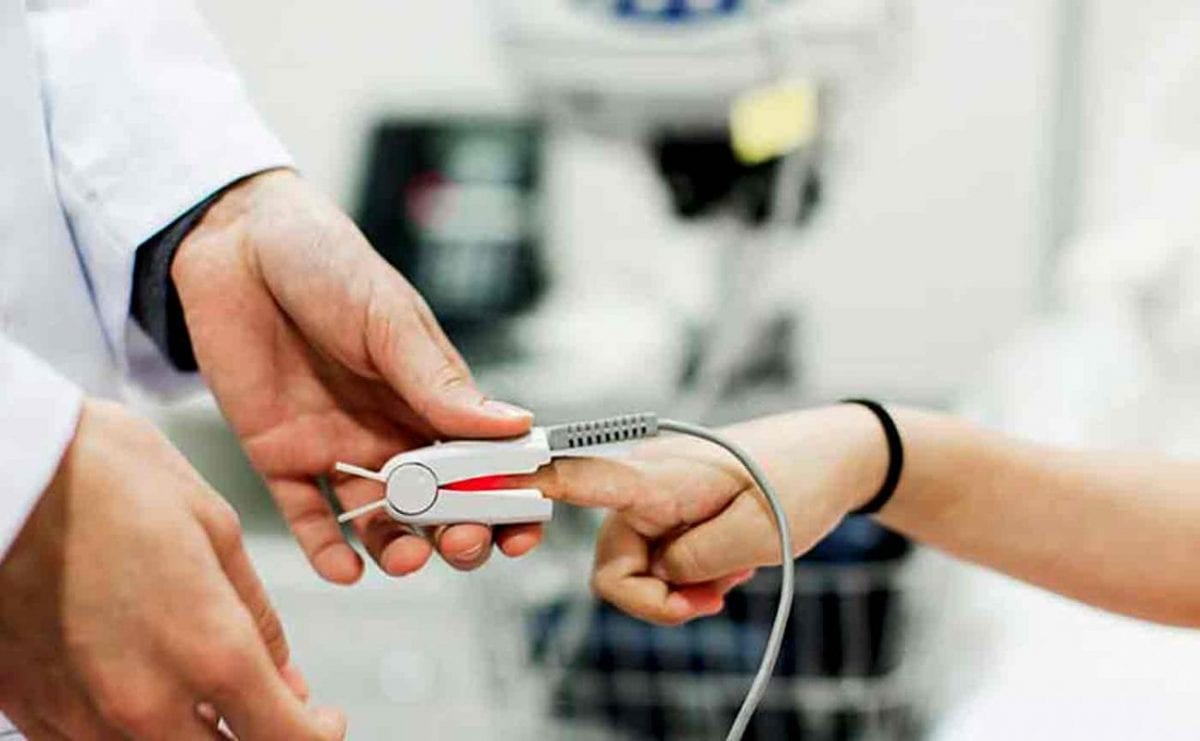A pulse oximeter is a device used to test and monitor oxygen levels, the level of oxygen in your blood, and your heart rate. It’s well known for being a non-invasive method with no pain included whatsoever. It effectively detects small changes in how precisely oxygen is being carried through your system.
The device’s appearance can be described as a small, clip-like gadget that is attached to a body part, usually used in the fingertips, but can be used in other parts of the body as well, like the earlobe, or toe. This gadget is regularly used during emergencies, but some specific doctors may use them during checks.
Check https://en.wikipedia.org/wiki/Pulse_oximetry for more detailed information about it.
How It Works.
When placed on a finger, earlobe, or toe, it will proceed to light up the said area. These small beams of light will monitor oxygen levels in the blood as they trespass the blood. The changes in light absorption in the blood will be the determining factor deciding your oxygen saturation level and your heart rate.
Why You Should Have One with You
The main purpose of this gadget is to check how well your heart is doing, and if it is properly pumping oxygen through your system. This becomes especially important for individuals with specific conditions that could affect their oxygen levels.
Conditions affecting your heart rate and oxygen levels include:
- Anemia
- Lung cancer
- Asthma
- Heart failure or heart attacks
- Congenital heart defects
- Chronic obstructive pulmonary disease (or COPD)
The gadget’s capabilities to provide pretty accurate tests are outstanding. That is why is regularly used by professionals. The largest difference from high-tech equipment results compared to the pulse oximeter’s are usually not that big. For example, if your test results are 83%, it may be as low as 81% to 85%, having a 2% difference at most.
With that said, it makes the pulse oximeter an affordable, portable alternative. A doctor may recommend you using a fingertip pulse oximeter to use at home to monitor oxygen levels if you suffer from one of the mentioned conditions, or something affecting your heart’s condition.
How to use it.
The regular procedure is to use the clip-like device and place it in the finger. There’s no pain whatsoever, but you may feel a little pressure, which is necessary for the light beams to pass through your blood. Take in mind that, if used in the finger, you will need to remove fingernail polish for it to work properly.
Depending on your circumstances, the gadget could be removed after a few minutes, or used for as long as it is needed. It depends heavily on the type of monitoring required, be it physical condition, surgery, or regular checks.
Once the process is over, you’ll have the results available instantly and said results will determine whether further testing is needed, or if treatment is required. If you are taking the test by yourself at home, you’ll have the information required to conclude if you should visit the doctor or not, considering your own circumstances and your doctor’s advice.
Usually, your doctor will indicate to you how regularly you should run these tests, and when to contact them depending on the results. Also, they’ll teach you how to use it properly. You can always visit websites like this to understand more about the pulse oximeter and clear any doubts you may have.
Just in case you didn’t understand how to use it, you can always research online for guides and tutorials, or watch videos. There’s plenty of information online for you to use for your own advantage when it comes to a fingertip pulse oximeter.
If you’ve decided to buy one for yourself “just in case”, looking for more information on the matter will definitely come in handy. How to understand readings and the meaning behind those readings will help you determine whether you require medical assistance or not. By monitoring oxygen levels can prove in handy if you have symptoms like:
- Headache
- Dizziness
- Shortness of breath
- High blood pressure
- Chest pain
- Lack of Coordination
If you do, this may be a good chance to acquire a pulse oximeter. By doing so, you’ll make sure to monitor oxygen levels and be ready if the need arises, and solve any doubts about your symptoms. Luckily, this device is rather inexpensive and can be easily acquired.
This is a great choice to make if you’ve started to feel these symptoms as time passes. If you have an older relative you want to check, buying one of these for them may be an excellent way to keep them in check, and hover over them to understand how well their hearts are doing. And for those suffering from heart disease or a condition that directly affects their heart’s performance, I hope you are convinced now.








